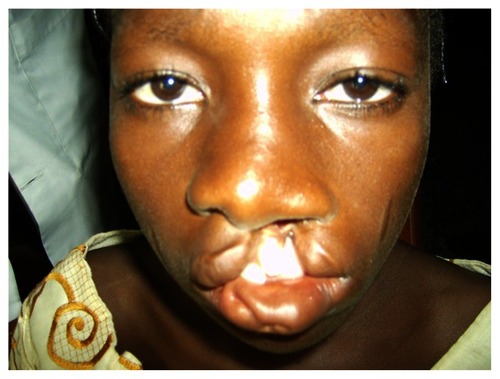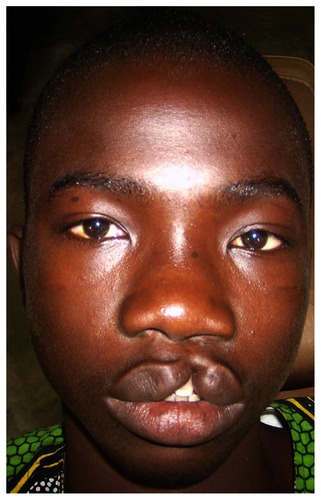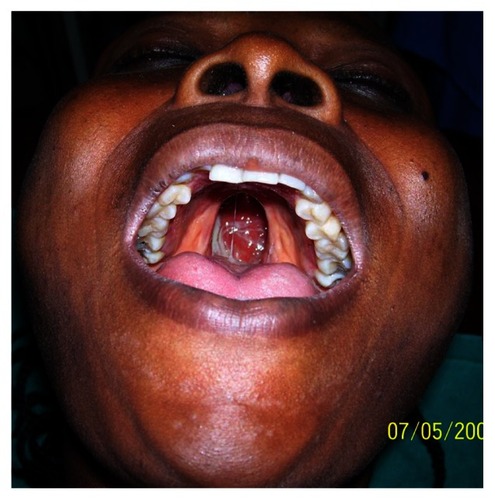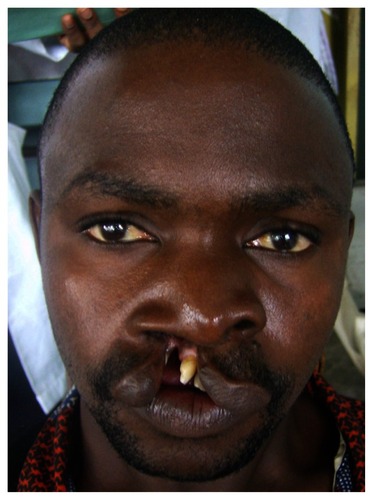Figures & data
Table 1 Characteristics of patients with delayed presentation of cleft deformities
Table 2 Reasons for late presentation
Figure 4 Repair of an incomplete cleft of the lip using Tennison–Randall triangular technique under local anesthesia: A) preoperative appearance; B) postoperative appearance.
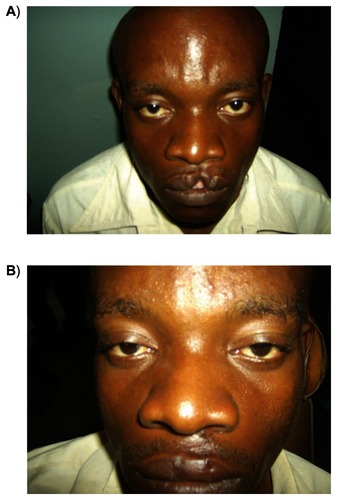
Figure 5 Surgical revision of bilateral cleft lip repair using fork flap technique: A) preoperative appearance; B) postoperative appearance.
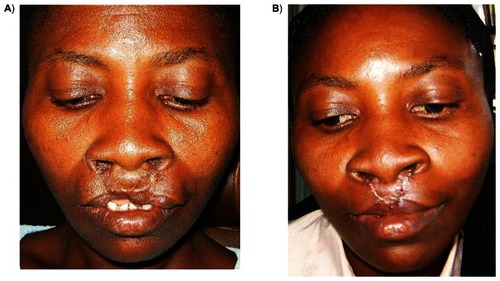
Figure 6 Repair of a complete cleft of the palate using von Langenbeck’s technique: A) preoperative appearance; B) postoperative appearance.
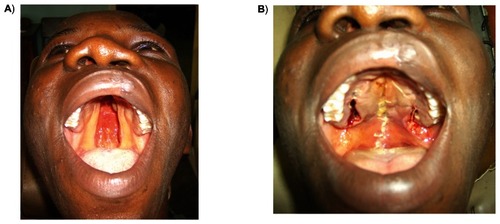
Table 3 Type of surgical procedure
